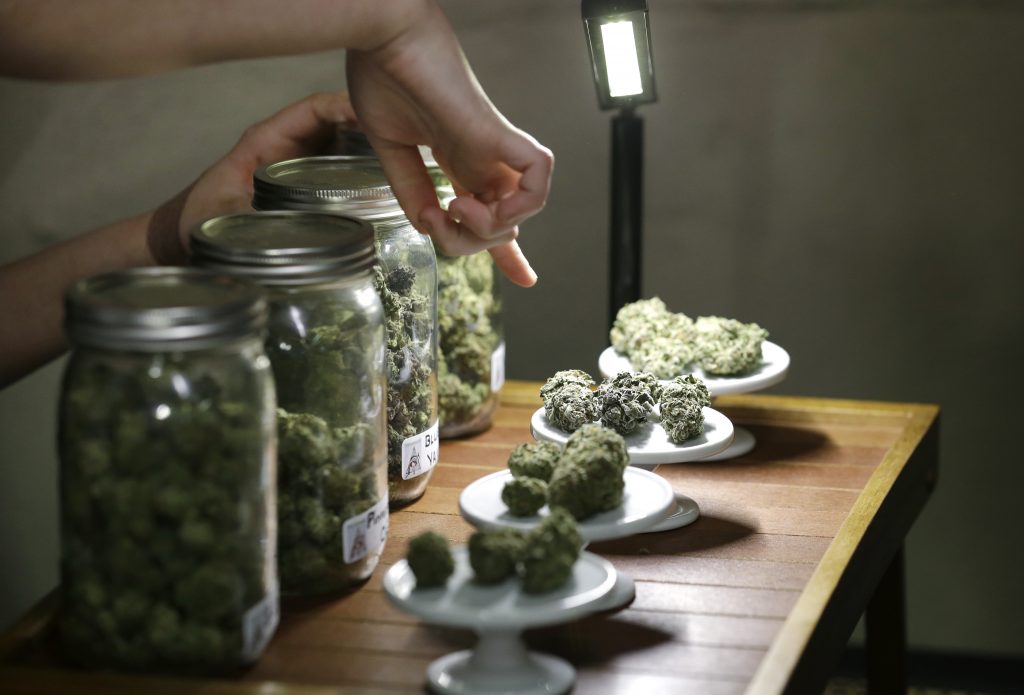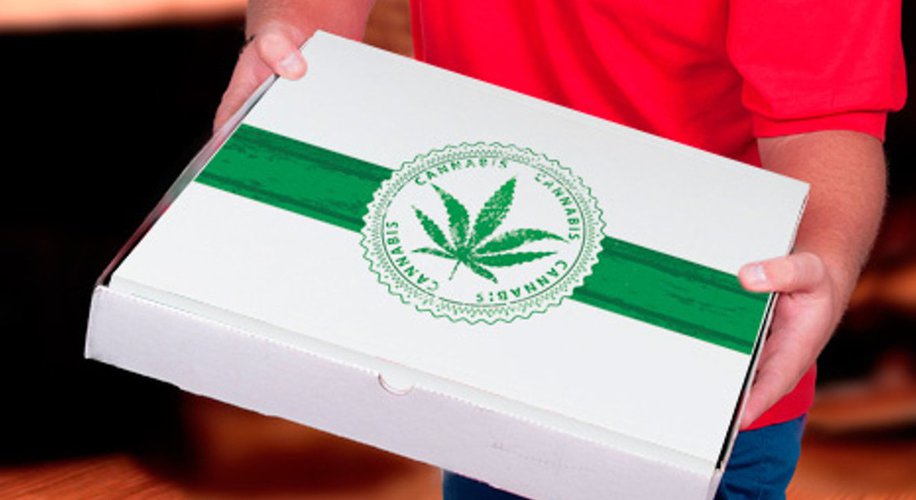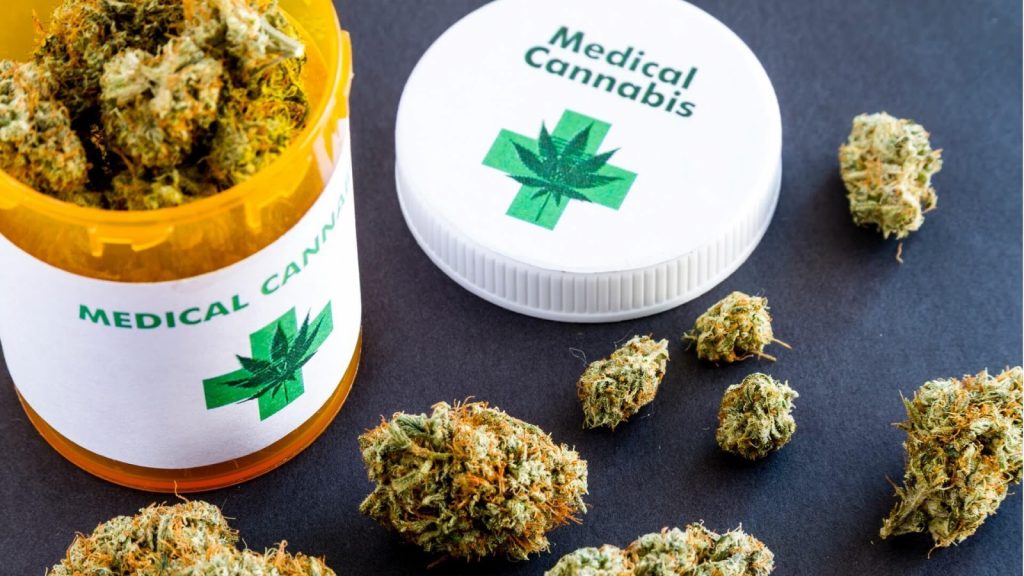Medicinal weed has a lot of values in today’s cannabis marketplace as it helps to tackle various physical and emotional health problems. However, it is used only under strict regulation. Continuous monitoring of patient behavior is accomplished with restricted usage of the medical weed. So, how exactly does weed help healthcare industry through the development of Uber for weed ?

According to the Medical Marijuana Registry Report by the Colorado Department of Public Health and Environment, following are some of the medical weed usage statistics as of March 2019. The statistics prove for the rise of development in uber for weed.
| Registry information | Patient count percentage |
| Male patients approximately registering for medical weed use | 61.63% |
| Female patients approximately registering for medical weed use | 38.36% |
Following table represents data regarding frequency of the patient’s conditions who are using Medical weed for health-treatment.
| Circumstances patients consume weed | Patient percentage using medical weed |
| Cancer | 5.20% |
| HIV/AIDS | 0.00% |
| Seizures | 3.50% |
| Muscle spasms | 34.65 |
| Cachexia | 1.31% |
| Glaucoma | 1.30% |
| Severe pain | 92.99% |
| Post-Traumatic Stress Disorder (PTSD) | 9.75% |
| Severe nausea | 16.47% |
The Need For Hiring An ondemand Weed Delivery App Development Company

Medical cannabis helps in the following:
- enhance relaxation of body and mind;
- help PTSD patients to sleep;
- serve as an alternative for alcohol;
- help relieve acute stress and pain;
- help increase the sensory power.
With an Uber like app for weed, hospital institutions and patients can order certified quality weed products. Customers will have the ability to choose from a variety of suppliers with different price ranges that meet different budgets. This also reduces fake and fraudulent sales of harmful weed products, etc.
Read More: All your cannabis business should know about Ondemand weed delivery mobile app
Features That Influence The Cost of Developing Uber For Weed

Following are some of the features that you have to develop which in turn incurs an increase or decrease in the cost of development. The development cost depends upon on your development time and tools used.
Registration of the user
New users should feel convenient and must be able to easily register themselves in your weed delivery app. The process should not be complicated or lengthy. In addition, this section of the app should also check the age of the user. It should also check other necessary demographic details such as name, payment details, email-id, etc.
User profile and vendor profile
User profiles must contain appropriate demographic and psychographic details of the users such as the medical reasons for preferring weed. These details can be used by the vendor to permit user orders and also delivery medical weed products appropriately. Vendor profile also must contain demographic details. These details can be used by the users in order to gain trust, confidence and track the source of origin for their ordered products.
Verification of prescription
Users must be able to upload their medical prescription prescribed by their physician through ondemand weed delivery app. This allows the vendor or pharmaceuticals to verify and dispatch weed medication as per requirement.
Order management
The total number of orders might keep increasing with increased demands. Without a right approach to manage them, the database of your weed delivery app will go haywire. Allocate appropriate filtering options to manager previous orders and current orders. These filters can include price, vendor, location, data, time, etc. This section must be accessible to both consumers as well as the vendors to ensure efficient inventory management.
Tracking orders
Users must be able to track their medical weed orders in real-time. This ensures transparency which in turn increase the confidence and trust between the parties involved. Use various APIs to enhance the functionality of the live tracking system. This feature must able be accessible to both consumers as well as the vendors. Consumers must be able to track their orders and vendors must be able to track the location of consumer to deliver at the right time and right place.
Scheduling of product delivery
Consumers and users should have the ability to schedule their medical weed delivery according to their convenience. Provide them with options such as scheduling delivery according to day, date, time and location. Here, you can also provide a re-ordering feature which allows consumers to order quickly using their past order history.
Privacy and security settings
This must be controlled by the administrator. However, users, consumers and vendors must be able to monitor changes and ensure that their data and information in secure. This feature must not allow medical information of users to leak out and also uploaded prescriptions must be stored with secrecy and security. You can use various encryption tools such as Caesar cipher, Secure Sockets Layer (SSL) protection or Simplified DES (S-DES), etc.
Manage suppliers, merchants and users
This section must be accessible only by the administrator. Here, the admin should take care of the pending orders, open orders, cancelled orders, payments pending, invoice generation, etc.
Multiple payment options
Provide various options to your users and consumers to make payments for their medical weed orders. These options can be a debit card, credit card, e-wallet, digital cash or even cryptocurrencies if you are looking for an opportunity to develop your weed delivery app as a decentralized application (dApp).
Read More: 4 Ways cannabis delivery management software solutions Increase Efficiency
Cost To Develop Weed Delivery App

The following are the cost involved in developing an Uber like app for weed depending upon the stages of development.
| Stages of development of weed delivery application | Cost involved in development |
| Initial discovery stage of ideas and strategies | USD 5k to USD 25k + |
| Designing UI/UX | USD 5k to USD 50k + |
| Development of functionalities and features | USD 5k to USD 30k + |
| Testing the weed delivery application | USD 5k to USD 25k + |
| Deployment of the weed delivery application | USD 5k to USD 25k + |
Time Taken To Develop An ondemand Uber like Weed Delivery App
According to Piyush Jain from Startup Grind, following is the approximate time taken to develop Uber like delivery apps.
Time taken to develop alpha apps
| Size of the app | Time taken in Weeks |
| Small | 6 to 7 |
| Medium | 14 to 15 |
| Large | 20 to 22 |
Further, following are the factors in which the development of the app would focus on based on the size:
| Small sized app | Medium sized app | Large sized app |
| Establishing requirement gathering for the app | Developing a business case for the app | Performing a feasibility study for the app |
| Creating a quality plan | Designing quality and risk plan | Constructing quality, risk and resource plan |
| Developing simple monitor and control features | Building small app features along with UX | Developing small and medium app features with GUI |
| No periodical review of the app performance | Providing periodical review of the app performance | Providing documentation, implementation and 24/7 maintenance of the app |
Time taken to develop beta apps
| Size of the app | Time taken in Weeks |
| Small | 1 |
| Medium | 2 |
| Large | 3 |
Over to you :
Say goodbye to lengthy waiting time and processing of orders to receive medical weed. With ondemand technologies in the market, the medical industry can now meet the needs and expectations of users, patients and vendors instantly and conveniently. Given the trust and privacy challenges faced in procuring weed for medicinal purposes, developing an Uber for weed like ondemand applications benefits all the parties involved.
If you are considering to develop an Uber for weed, then consider all the above features and cost information mentioned above in this article and make smarter decisions.




